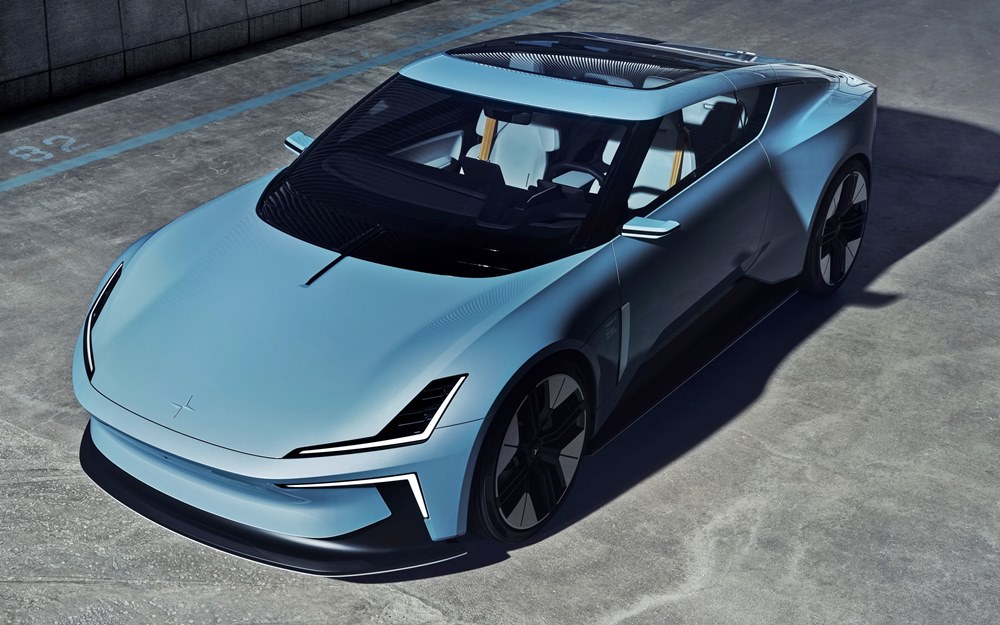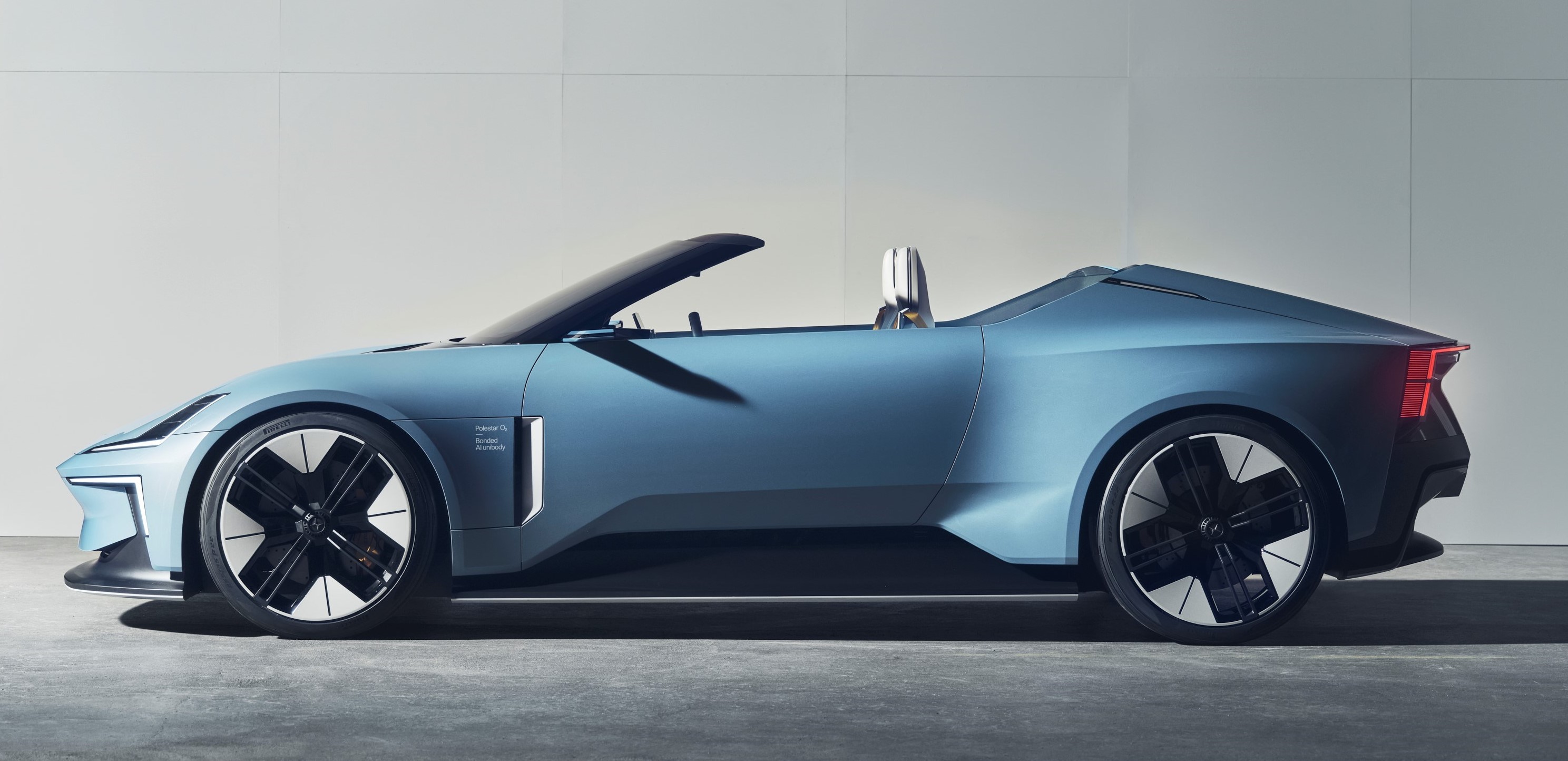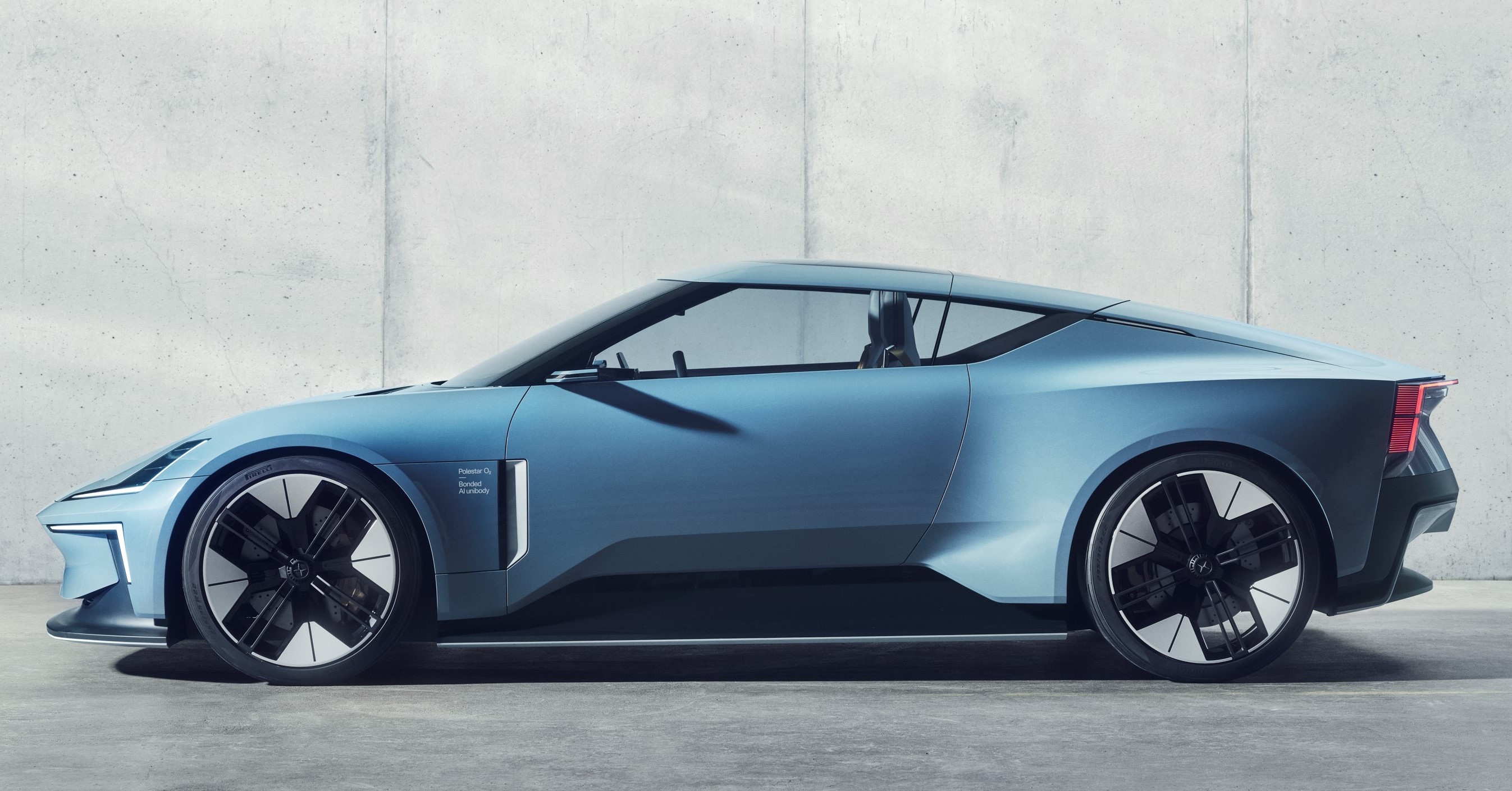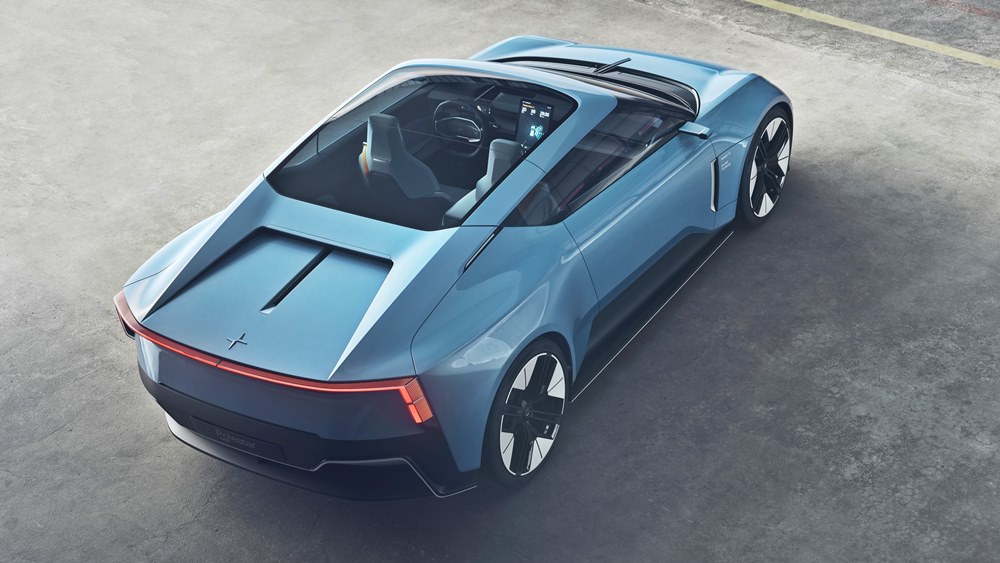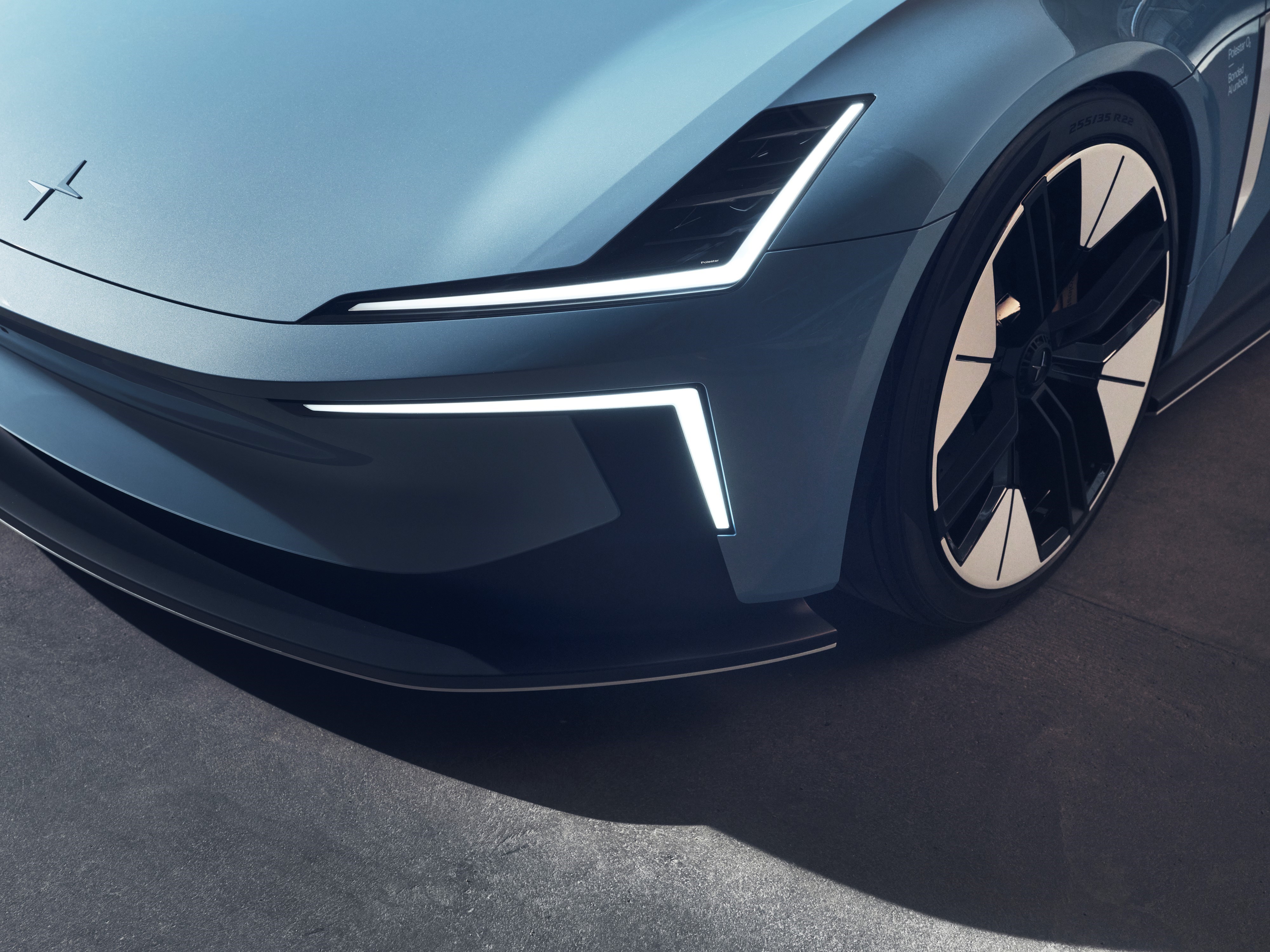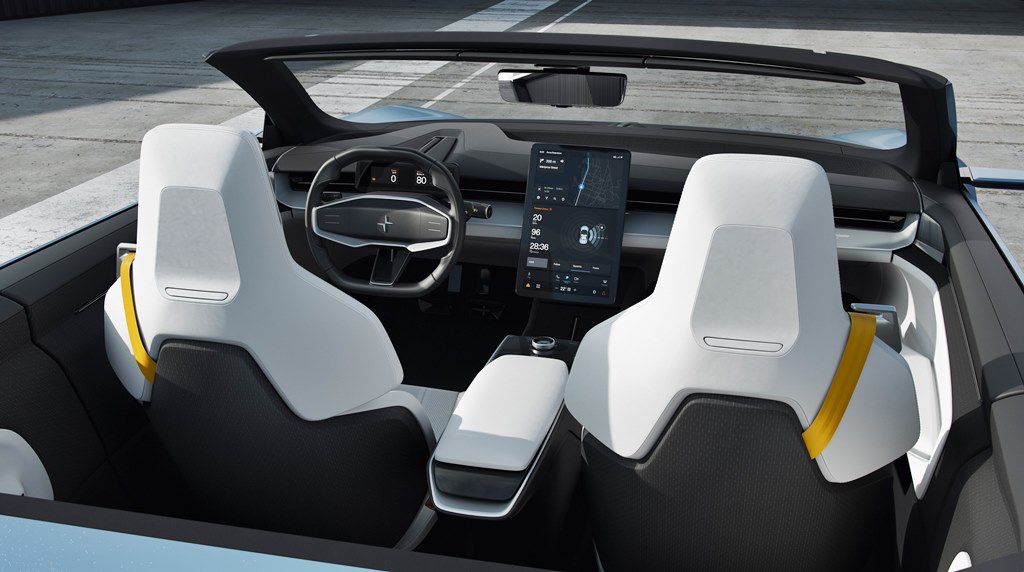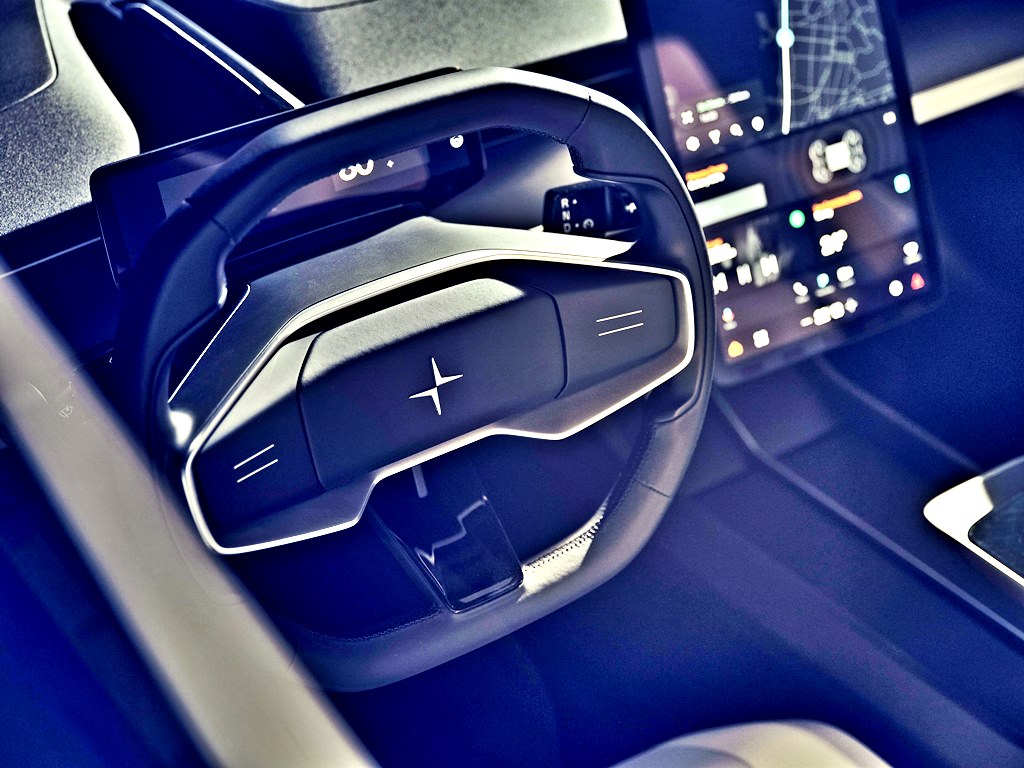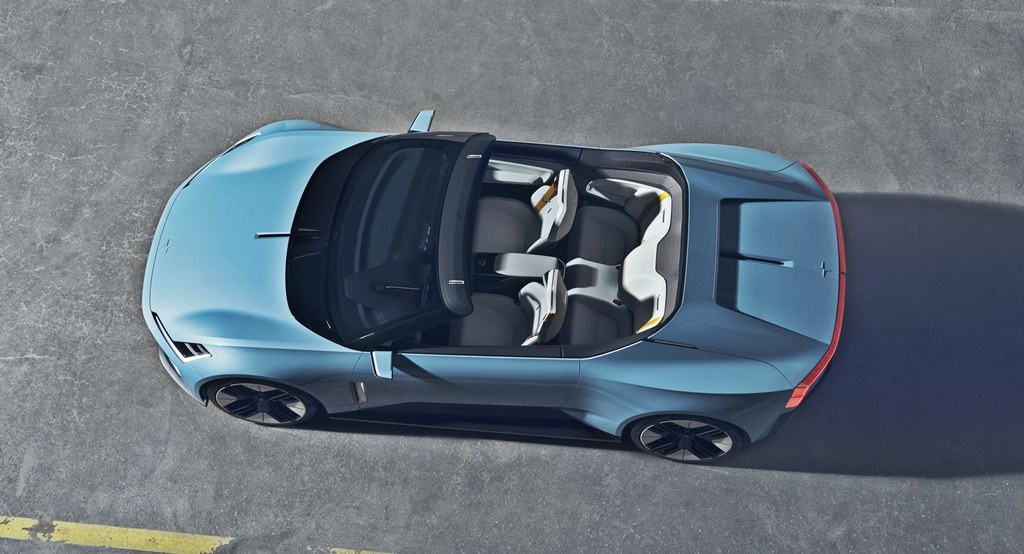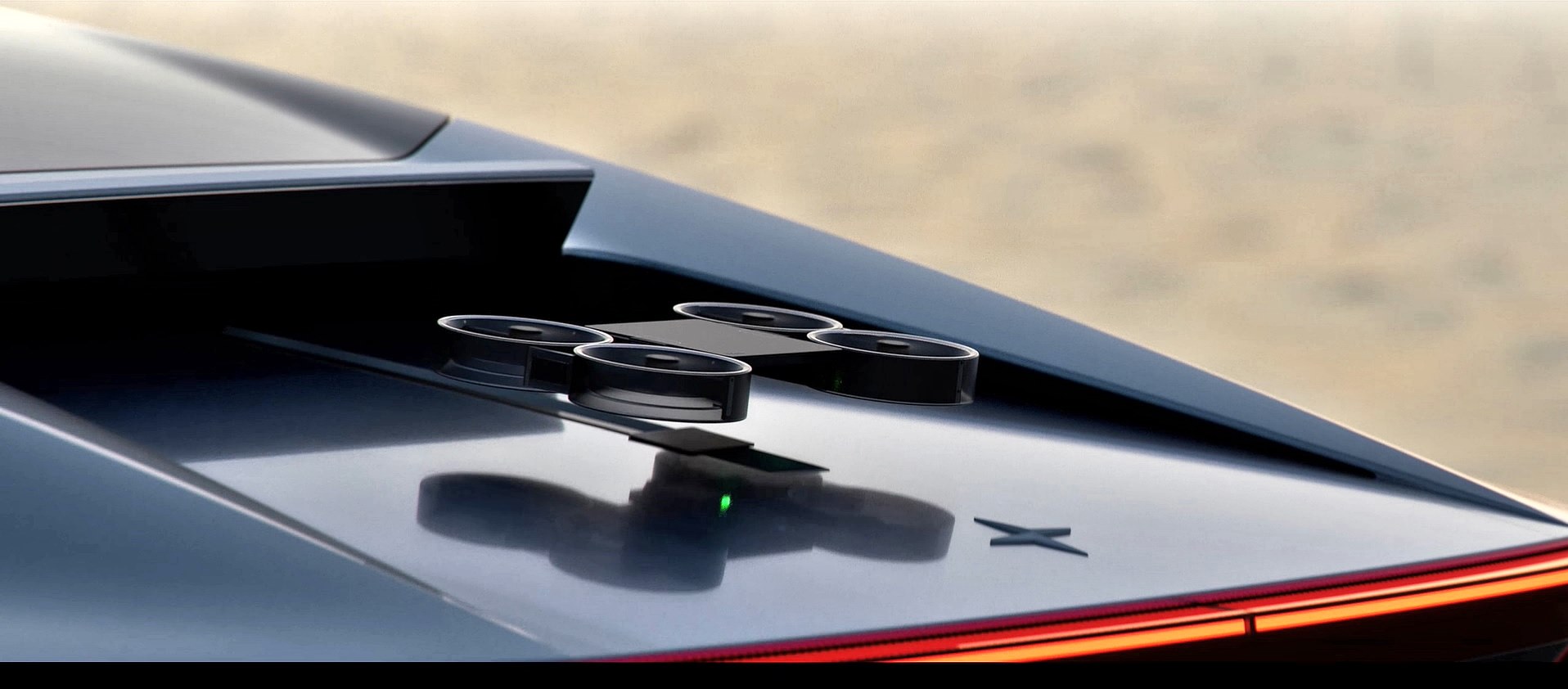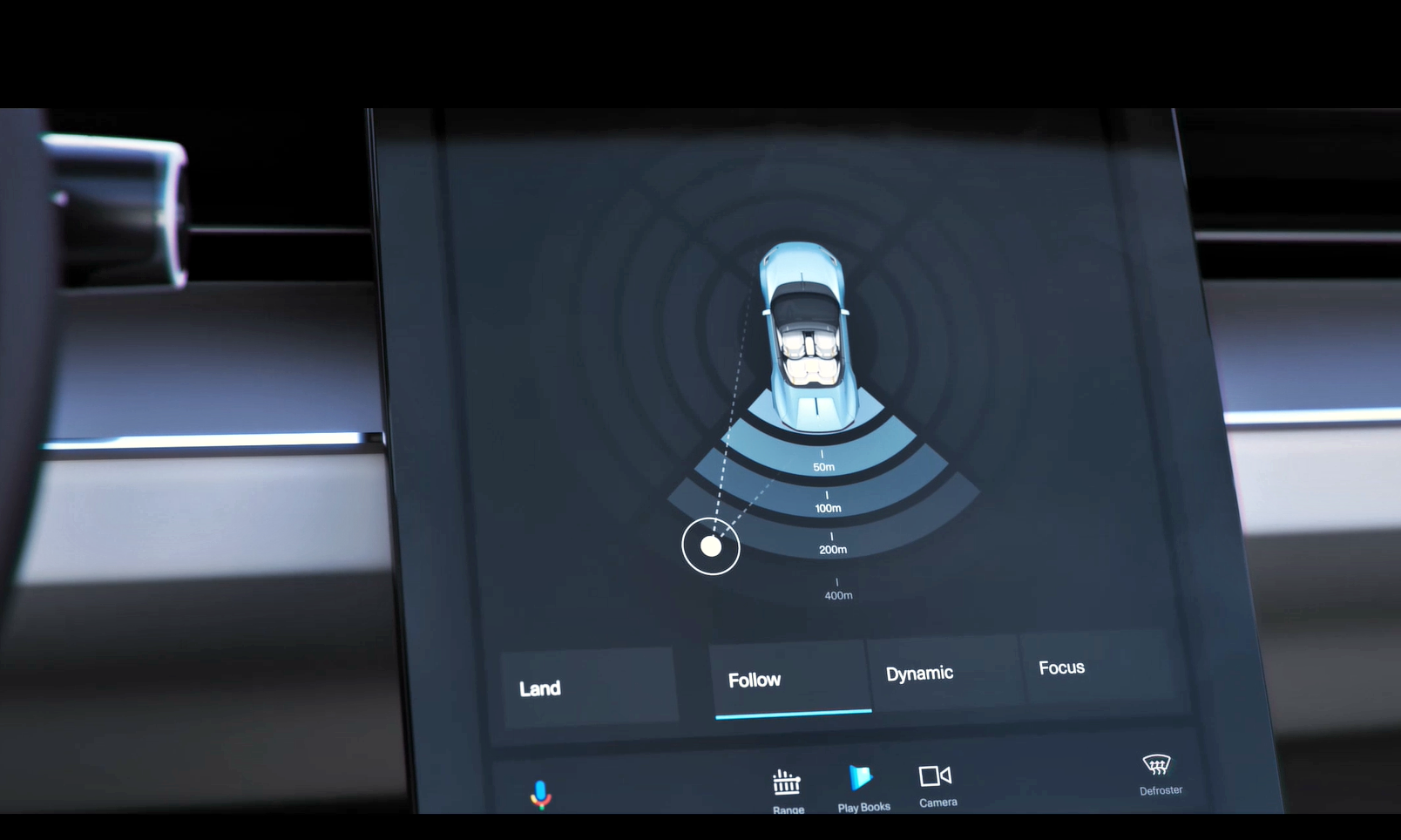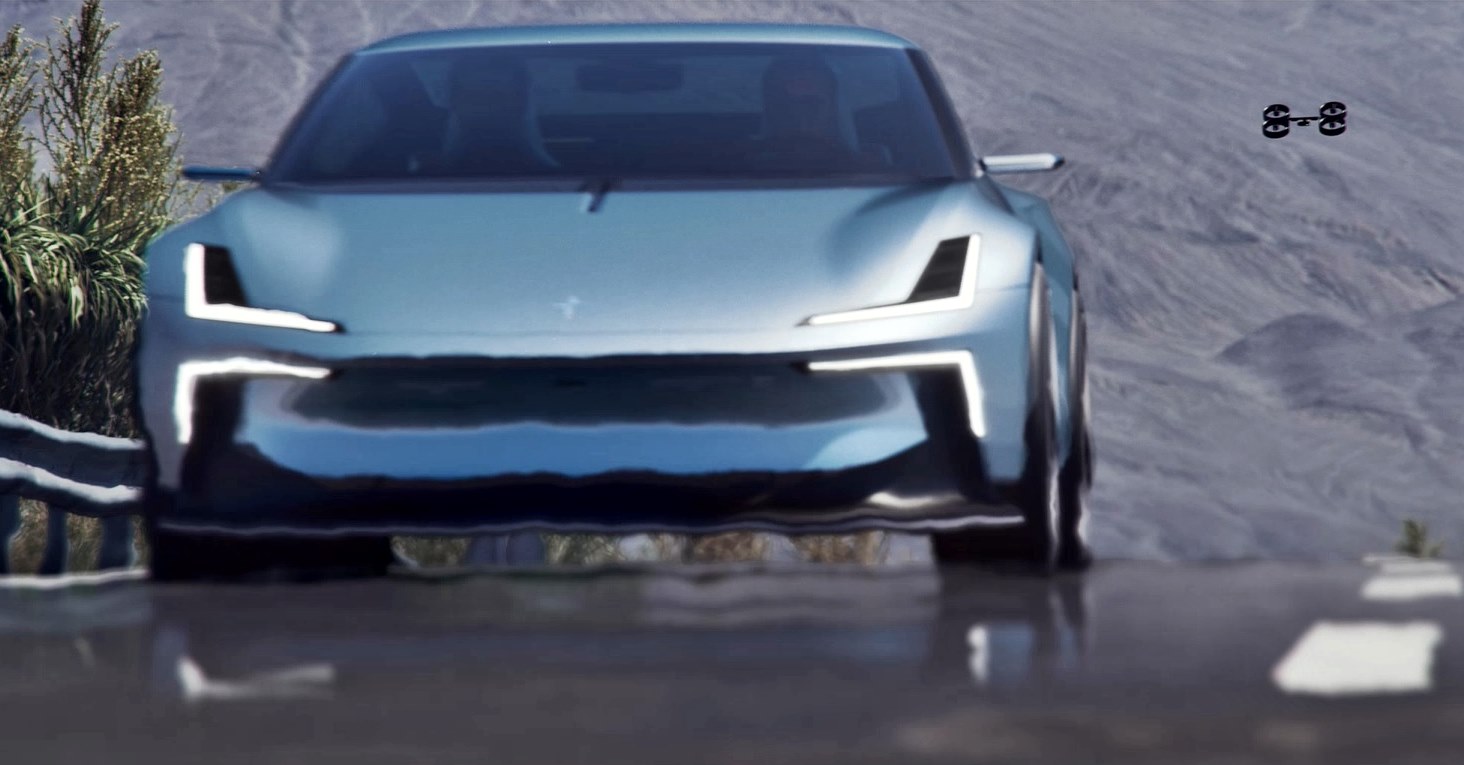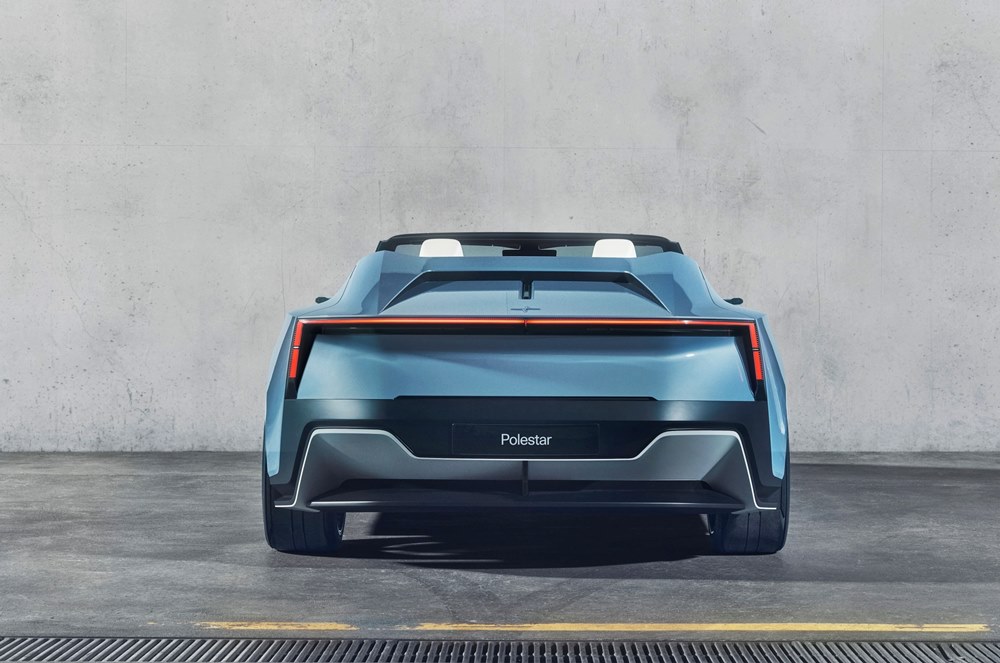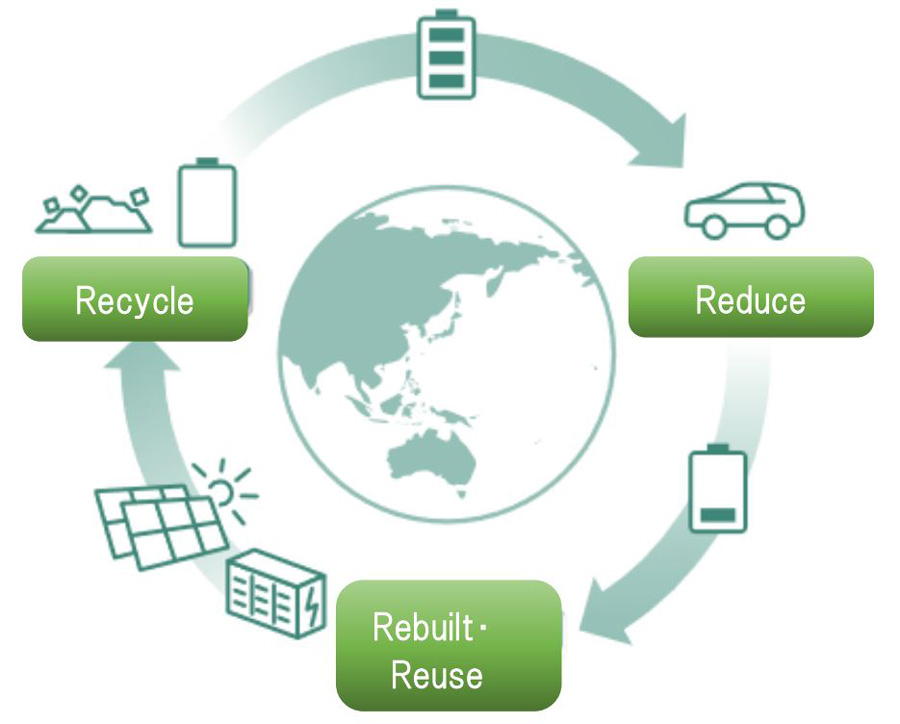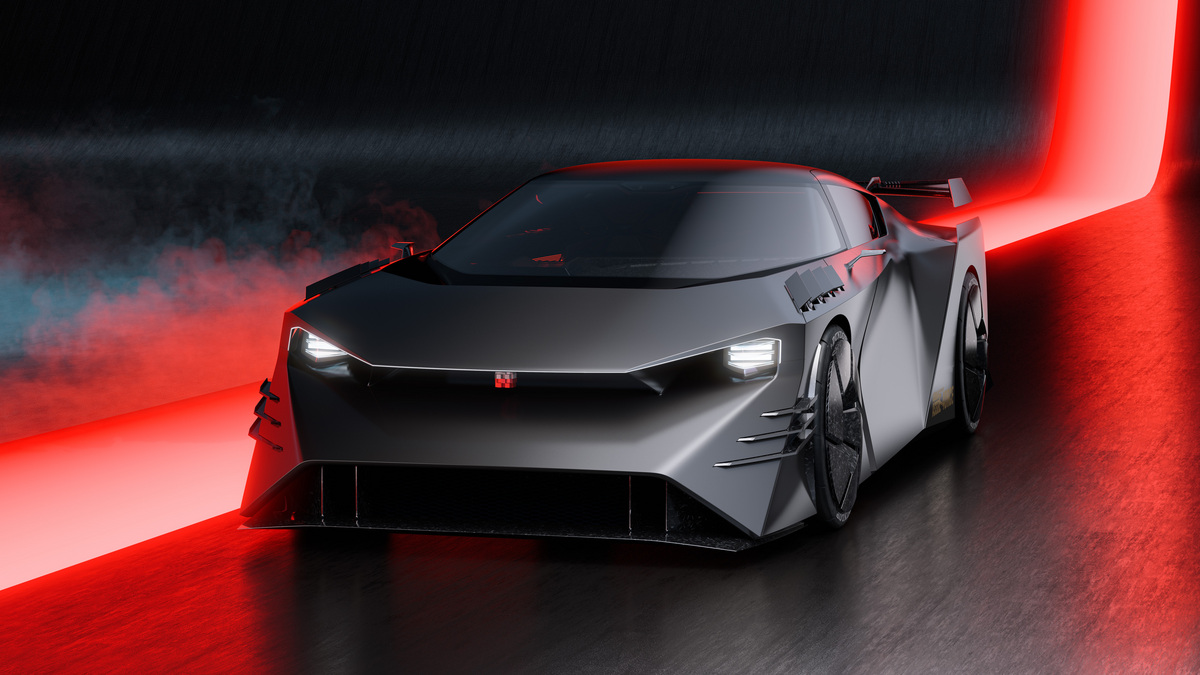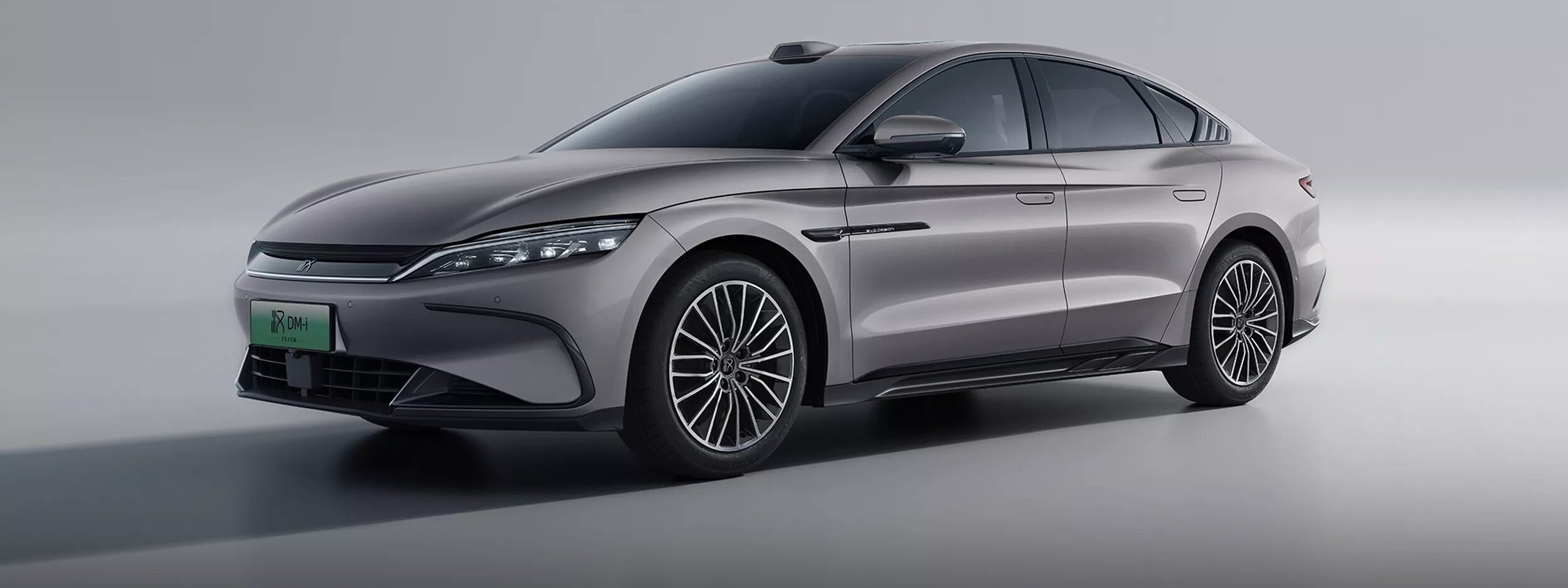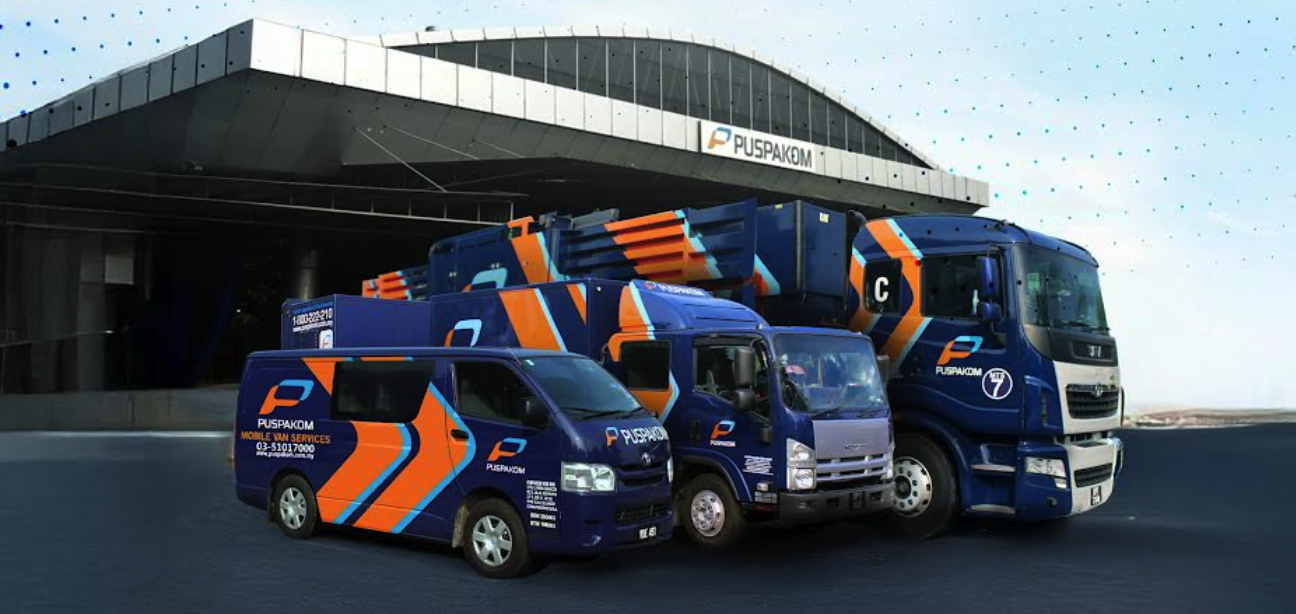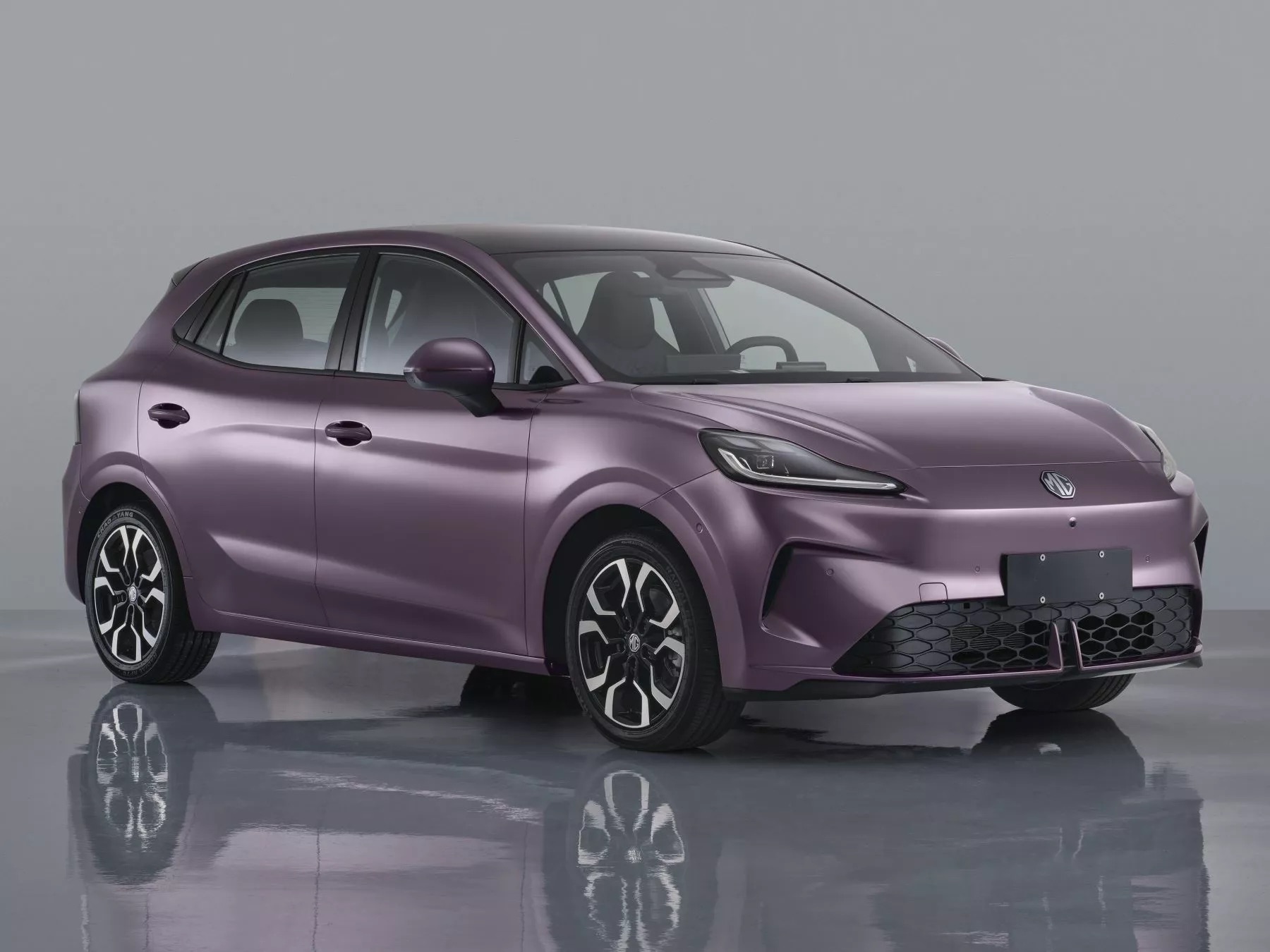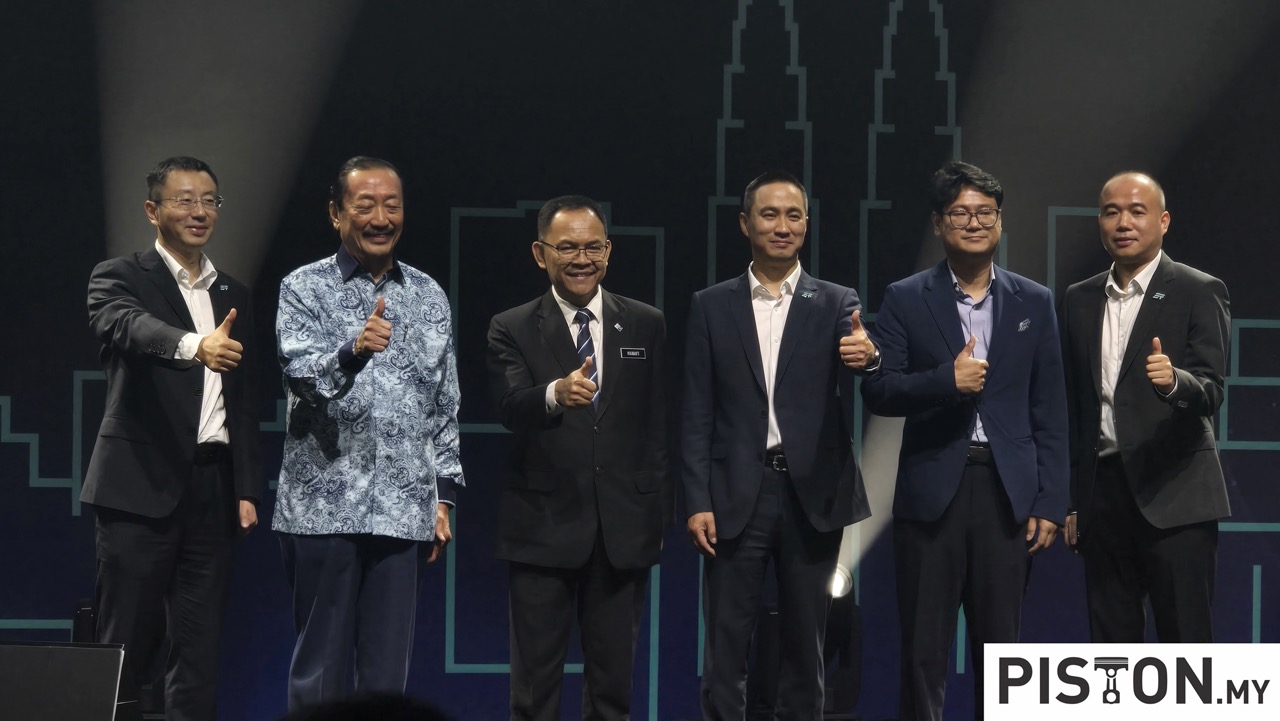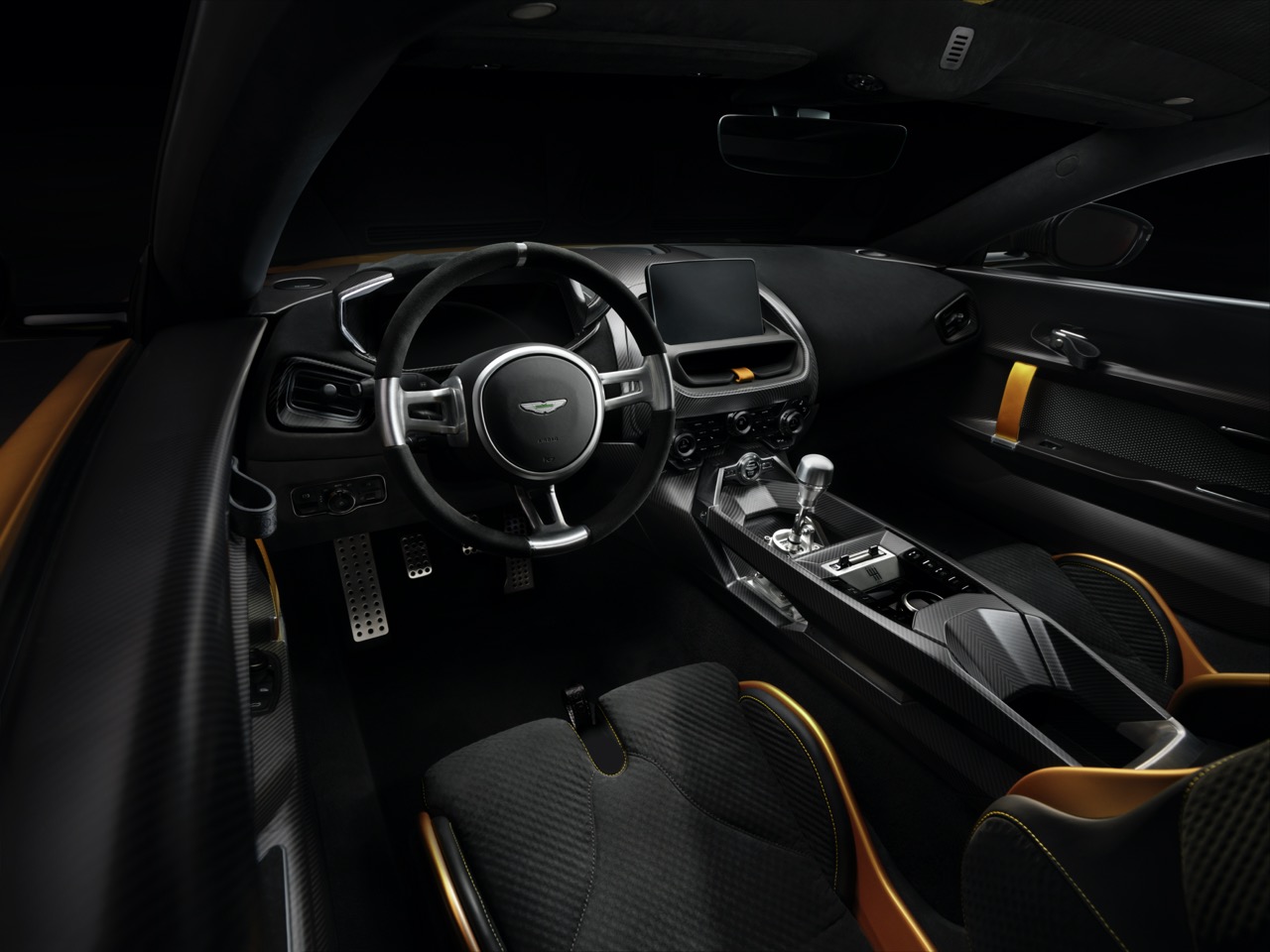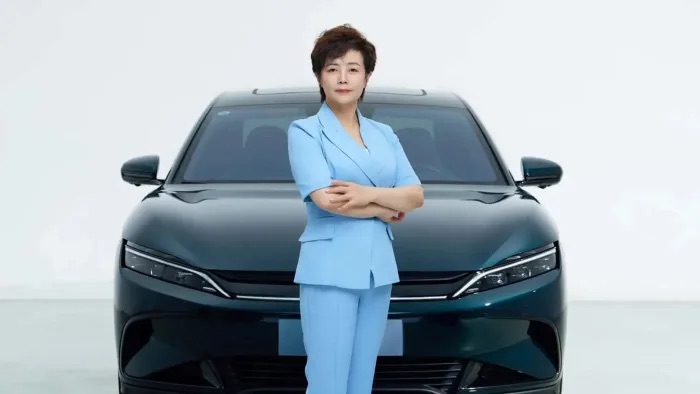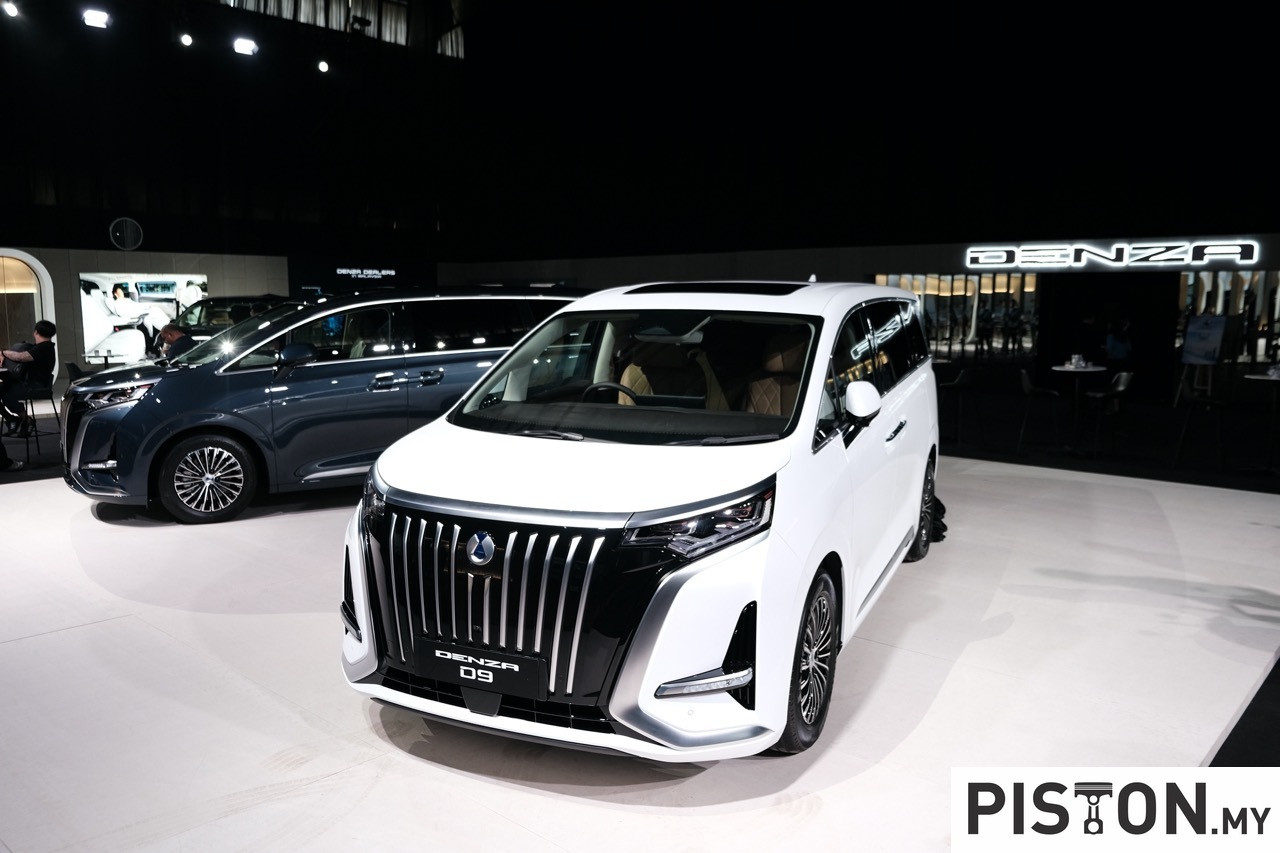Polestar, the Swedish car brand in the Geely Group, began its existence as a racing team before its expertise was used to start developing high-performance Volvos. It must have done pretty good work that Volvo decided to acquire it in 2015 and designate it as a high-performance division. After Geely acquired Volvo, Polestar was made a company on its own specialising in electric vehicles. And as its background was in high-performance products, it is focussed on high performance.
So far, the company has come out with two production models with others on the way. It has shown a concept car called Precept which will become a production model eventually. And more recently, it surprised the automotive world with a second concept car, this time a roadster. Called the Polestar O2, this is a hardtop convertible which shows that even with in the electric age, there will still be sportscars that can offer driving pleasure.
‘Hero car’ for the brand
“Polestar O2 is the hero car for our brand,” said Thomas Ingenlath, Polestar’s CEO. “It opens the door to our ‘secret chamber’ of future potential. This is a taste of what we can design and engineer with the talent and technology we have in-house. It looks incredible, and being able to lower the roof and not hear an engine promises a superb sensation.”
The driving experience with the O2 is designed to be lively, light and full of confidence. Predictability and playfulness are core to exciting, spirited driving. Tight body control, high rigidity and intuitive dynamics are inherent benefits of the bespoke bonded aluminium platform, which is adapted from the upcoming Polestar 5, developed in-house by the R&D team in the UK.
The high quality and rigidity of the bonded aluminium platform are geared towards heightened dynamic response. Handling dynamics are taut thanks also to small roll angles and high roll damping, and the agile, direct steering feel is linear, with great steering torque build-up.
Related to Precept concept
Clearly related to the Precept concept car but with its own distinct character, the look of O2 shows how Polestar’s evolving design language can be adapted to different bodystyles with a strong family resemblance. The low and wide body with an assertive stance, compact 2+2 cabin design, minimal overhangs and a long wheelbase, embody classic sportscar proportions but with a clearly modern, electric feel.
Aerodynamics are manipulated to maximise range, thanks to disguised design features like integrated ducts that improve laminar airflow over the wheels and body sides, and the rear lights that function as air blades to reduce turbulence behind the car.
Sustainability and technology
The O2 also showcases advances in sustainability and technology. A new thermoplastic mono-material features extensively in the interior. The term ‘mono-material’ describes the use of a single base material to manufacture different components. In the O2, recycled polyester is the sole material used for all the soft components of the interior: foam, adhesive, 3D knit fibres and non-woven lamination. This simplifies recycling and is a significant step towards greater circularity, while also reducing weight and waste.
Polestar’s sustainability teams believe that materials should be recycled, not downcycled. In the O2, they have integrated a new method of controlling recycled content and improving circularity of metal components. Different grades of aluminium are used throughout the chassis to help deliver a thrilling driving experience.
These different grades are labelled, allowing them to be recycled more effectively and for their properties to be retained. High grade aluminium remains high grade, while other grades maintain their varied characteristics, allowing for greater material efficiency and a lower requirement for virgin aluminium.
Integrated autonomous drone
As a special feature, the O2 features an autonomous cinematic drone integrated behind the rear seats. Developed in collaboration with Aerofugia’s consumer electronics brand Hoco Flow, the concept drone can be deployed while the car is moving. An integrated aerofoil can be raised to prevent turbulence behind the seats where the drone launches from.
Once in the air, it can follow the car at speeds up to 90 km/h and be set to autonomously record video from above. A control panel on the dashboard allows the driver to choose between an atmospheric sequence – great for a coastline cruise – or a more action-filled sequence with a sportier expression. After filming, the drone can autonomously return to the car. Video clips can be edited and shared directly from the 15-inch centre display when the car is parked.
“We wanted to emphasise the experience you can have with a car like the Polestar O2 in new and unusual ways,” said Maximilian Missoni, Polestar’s Head of Design. “Integrating an autonomous cinematic drone was something that allowed us to push the boundaries on the innovation front. Not needing to stop and off-load the drone before filming, but rather deploying it at speed, is a key benefit to this innovative design.”
Polestar has not said it will make the O2 for sale but given the enthusiastic response to it, perhaps they may consider. In any case, there are three cars confirmed over the next 3 years and each ‘has potential to gradually realise some of the ideas presented by these concept cars’, the company said.




